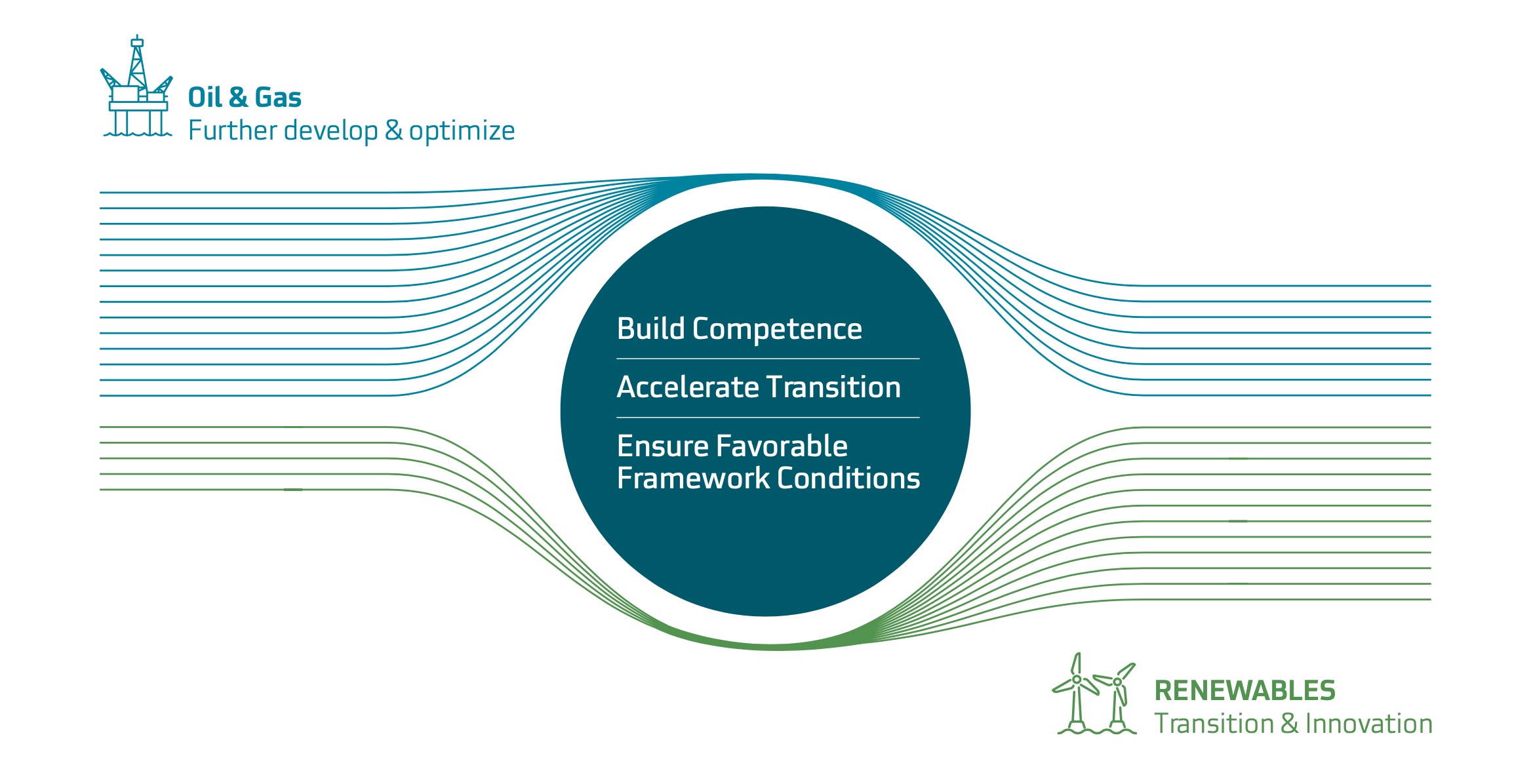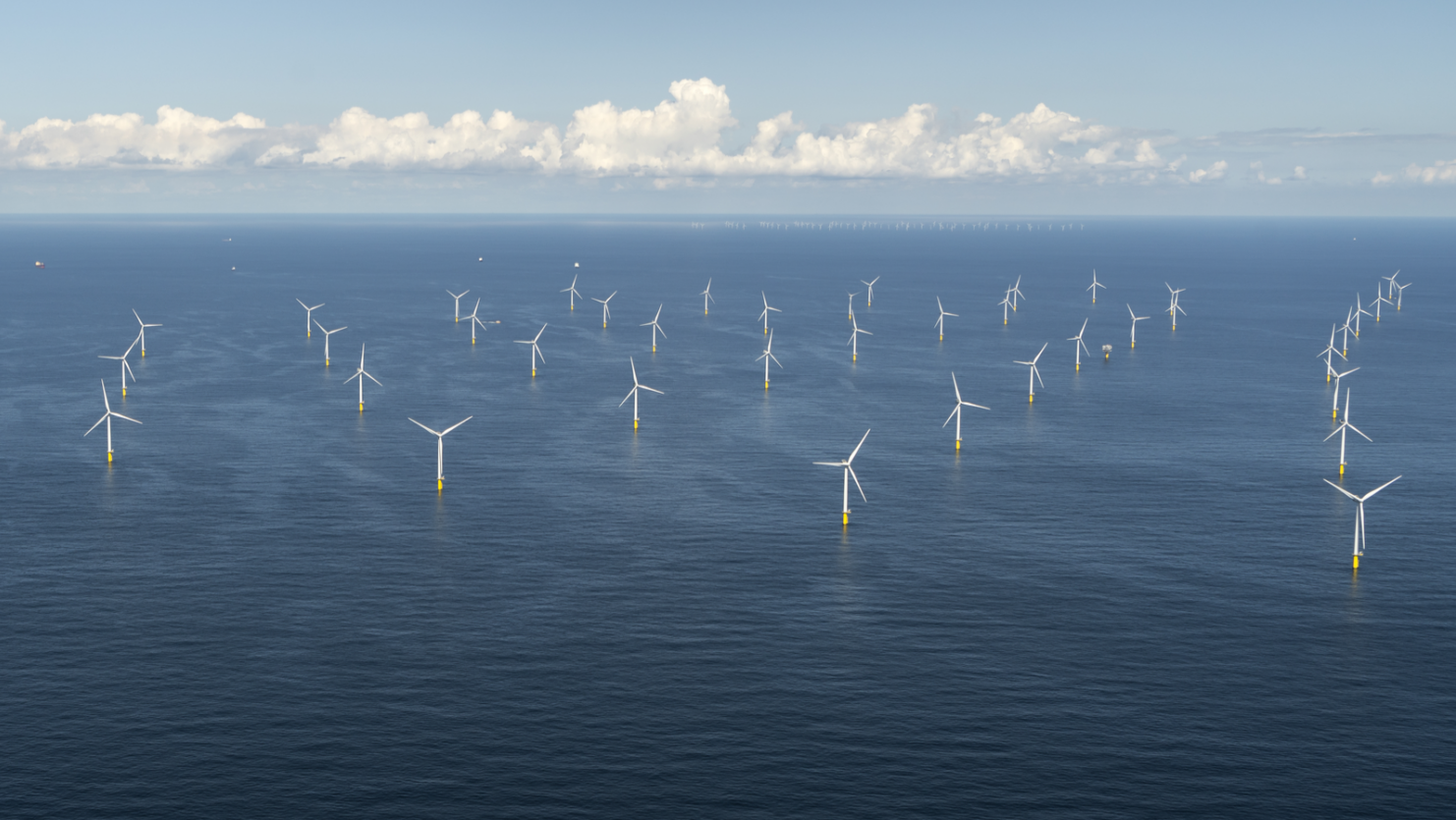In 2023, the world added 10 GW offshore wind energy, driven by China which contributed with 63% of the increased capacity.
“Going forward, Europe is expected to grow faster. By 2030, global capacity is likely to be four times larger than today, mainly driven by Europe,” says Sander Baksjøberget, Offshore Wind Analyst at Rystad Energy.
At the “Science Meets Industry: Offshore Wind” seminar in Grimstad this week, Baksjøberget went on to predict that most European nations are likely to fall short of their ambitious targets towards 2030. Still, Europe will be a dominant force in the development of offshore wind resources over the next ten years.
“Offshore wind inflation in Europe expected to ease in 2024. Still there will be pressure on European supply chains,” said Baksjøberget.
Bottom-fixed offshore wind turbines are still the preferred technology.
“The impact from floating wind during the 2020s will be limited – representing 5-6% of the total annual capacity additions. The percentage will however grow towards 2035,” said the Rystad analyst.



